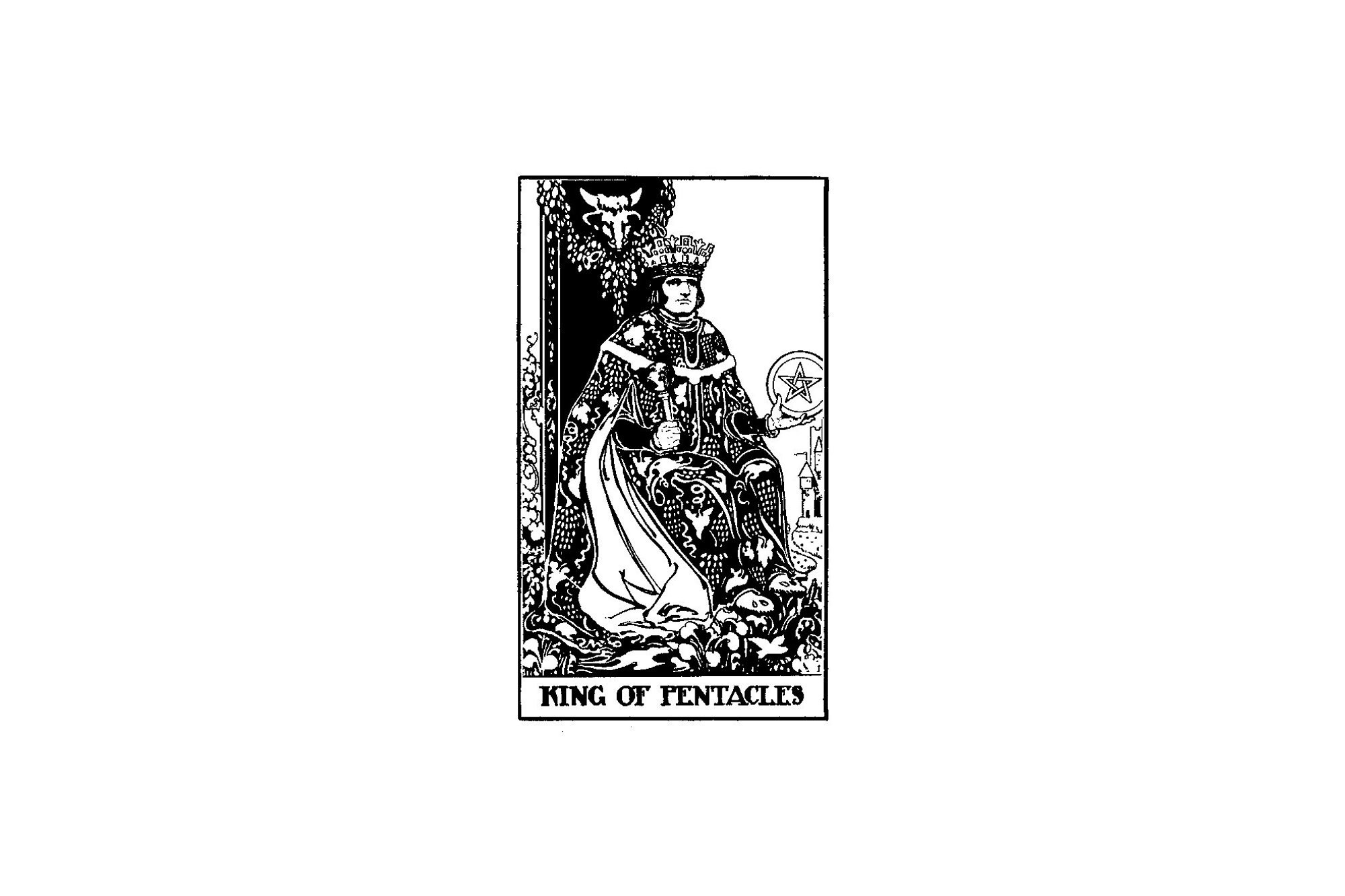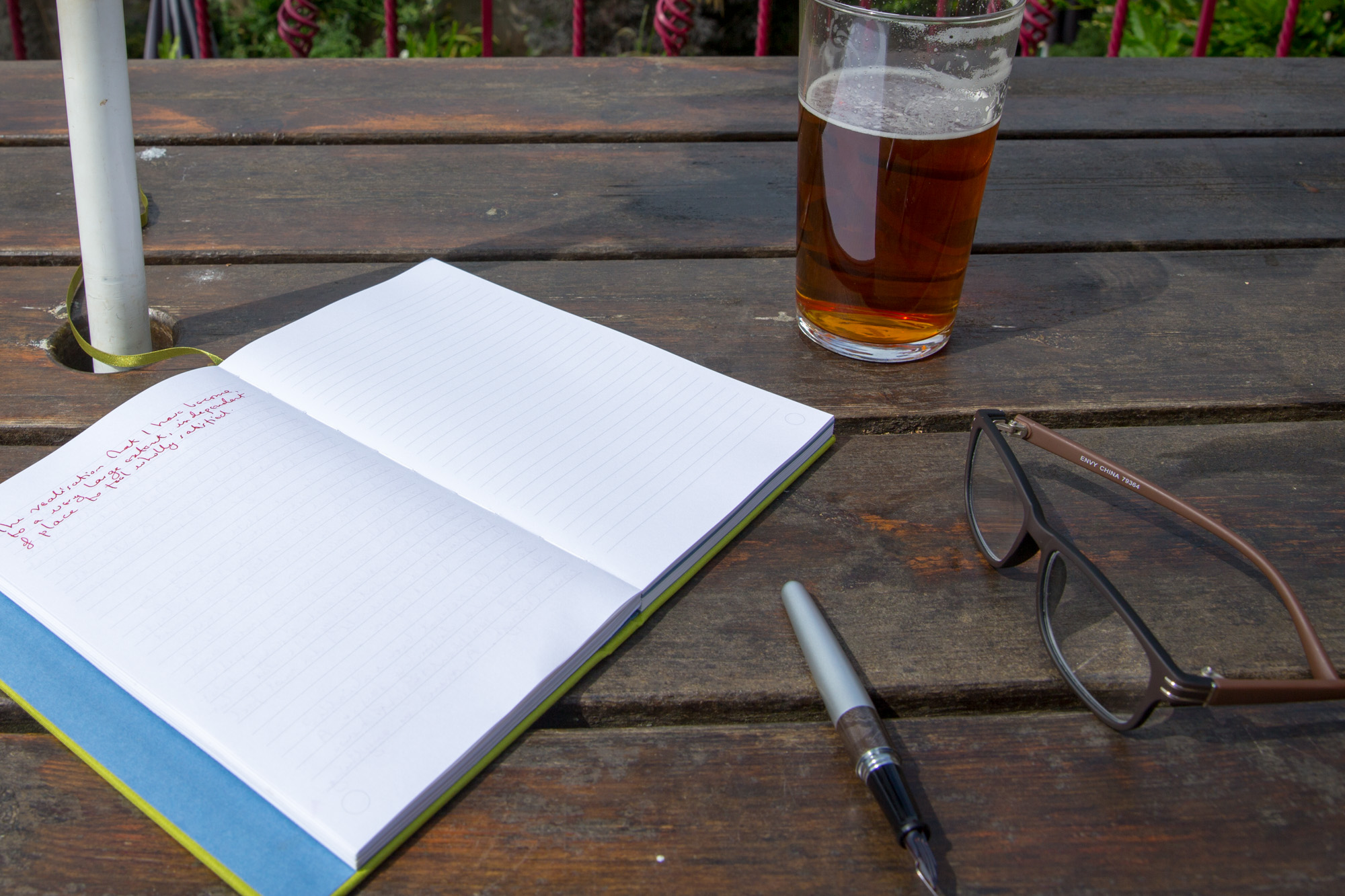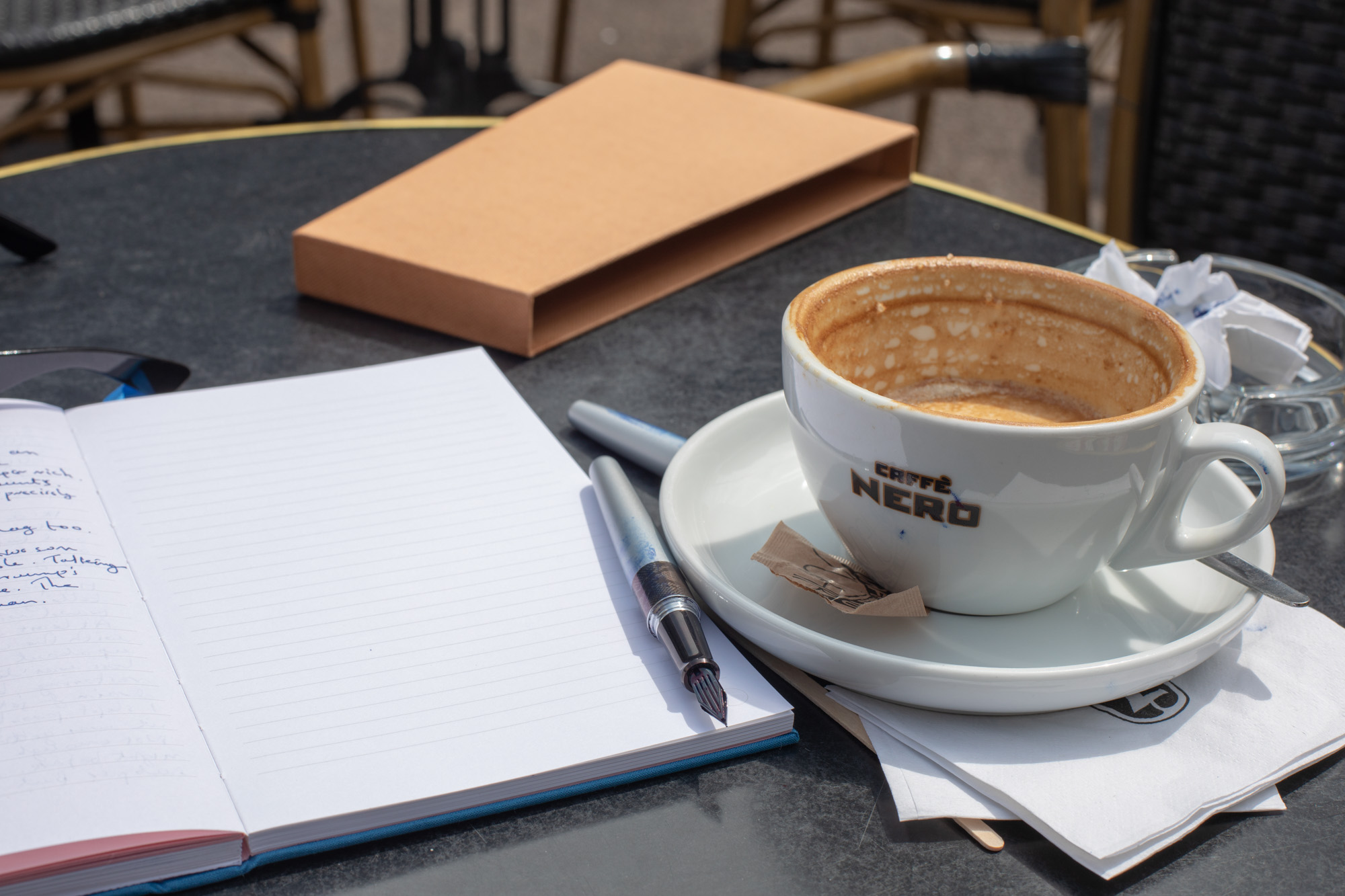Another two years since I last wrote. At this rate I may get another 10 to 20 posts up before I peg out. Maybe that’s how it is meant to be. Nonetheless, I’m here again, pondering why. I think know, or at the least the initial motivator. Leaving Twitter because I really do not like Elon Musk very much, or at least the Elon Musk he chooses to portray in public. I moved to Mastadon, opening a number of accounts on different servers until settling (mostly) here: @musickmast@masto.ai
This led to a general reevaluation of my social presence. At this point slender to the point of vanishing. It was easy leaving Twitter because I very rarely used it. The only site that gets much attention at all is Facebook and that’s only about once a month on average. So, two years between posts here maybe isn’t that unusual after all.
The last one was during the early days of Covid. Curiously, I’m sicker today from some non-Covid respiratory infection than I ever got from Covid. In truth, I don’t know if I ever got Covid at all. I followed the recommended vaccination schedules and never felt sick despite being around people later confirmed to have the illness. I followed the news and marveled at the capacity for treatment to become so divorced from reality as to become a political statement.
Little surprises me anymore. I guess that’s one advantage of growing old. What have I been doing? Listening to music. It seems like some sort of received wisdom that the music, particularly pop and rock, that is most meaningful is that that you heard in your early life, primarily teens and twenties. Judging by the tastes of those I know, this seems to a pretty consistent truth. For me, this means music from the late 1960s into the early 80s. And if I’m truthful I have to admit that most of the albums and singles I know really well, from being able to name every song and b-side, the members of the band, the recording date, the label and producer and more do come from this period. But that cuts out a huge amount of later music, and one of my ambitions since I retired has been to plug those gaps.
Some of this is simply to defy the never stopping generational tendency to say that the music you love (of your youth mostly) was the best there was and most (with a few largely recognised exceptions like The Beatles) that became before or after was or is rubbish. The awful taint of youthful nostalgia suffuses even ordinary music with a golden glow and paints even the most startlingly fine new music with a sense of irrelevance.
So how do you overcome this? In my case, I find that approaching music much as I did when I was young helps recreate something of the sense of adventure while expanding the context. This means avoiding streaming services like Spotify that offer a seemingly endless choice and with that the difficulty in focusing. Instead I continue to buy the physical artifact. When I was young this was a vinyl record, today (because I really do not like pops and crackles) I’m more than content with a CD. Curiously, it’s currently almost harder to find a CD of a new recording than a vinyl record thanks to the reuptake of that older medium. I don’t mind this as I fully appreciate the sense of solid artifactual presence that you get from a LP – I never got rid of my own vinyl collection for this reason. But, regardless, even if rip my CD into my computer based sound system for listening, I find owning the actual artifact of recording fully part of the process of appreciating the music.
Right now, the artifact of involvement is a used CD copy of Suede’s “‘dog man star”. I did not bypass BritPop wholly during its heyday, I picked up some Oasis and Blur records, but, despite its clear and sometimes almost too overt references to the music of my youth, I didn’t embrace it as I might have. Now I’m revisiting those older purchases as well as plugging some of the gaps, of which ‘dog man star’ is prime example. A fabulously constructed record, it amazes me that I never listened to it until yesterday.
But now I have, and something of that tingle of excitement that I recall from ancient purchases of records such as “For Your Pleasure” or “Aladdin Sane” is rekindled. Ironically, “dog man star” is now old enough to have been reissued and remastered and entered into the canon of critically acclaimed rock classics. For some, this is the pivotal music of their youth and those some are now getting a lot older. I suspect that they too, just like me, are finding it harder to relate to contemporary recordings in the same way.
And, as Nick Lowe sang, so it goes.
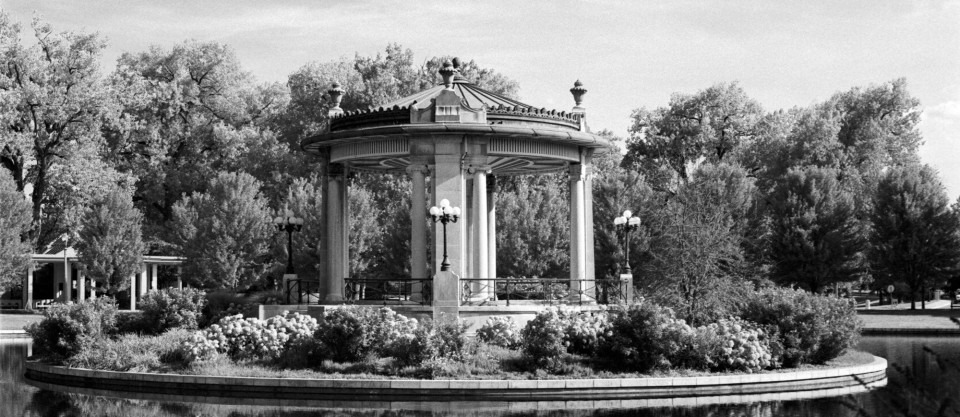
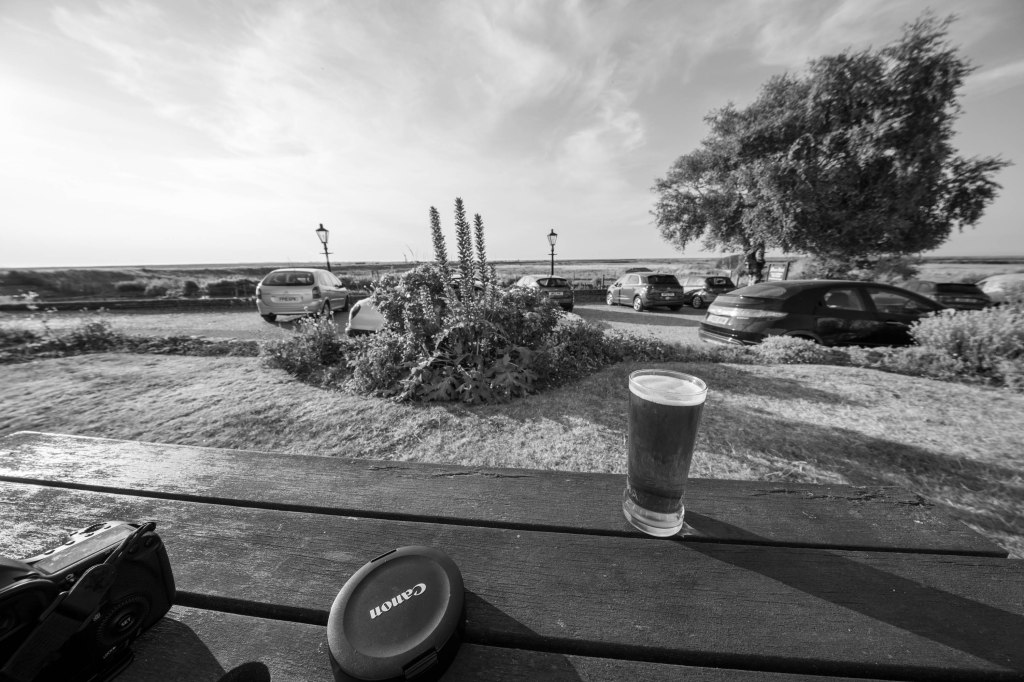

 Earlier this year, my first public photography exhibition at Washington University wrapped up and home came all my prints. There are in the basement now, propped up against walls. I may yet put them out in the house.
Earlier this year, my first public photography exhibition at Washington University wrapped up and home came all my prints. There are in the basement now, propped up against walls. I may yet put them out in the house.